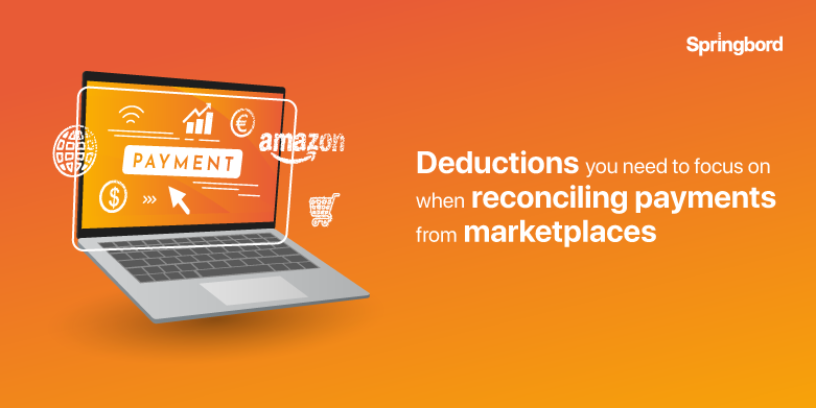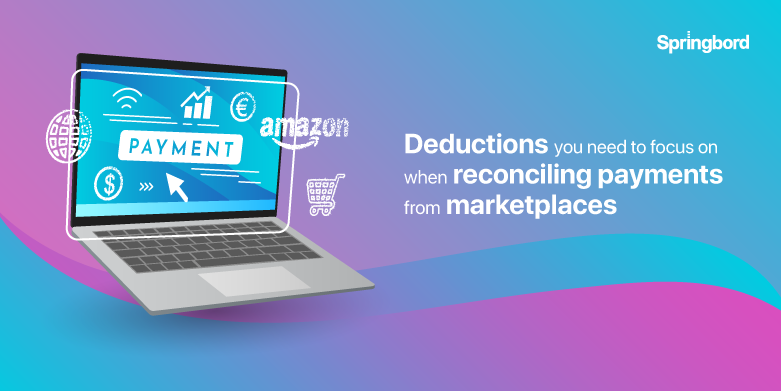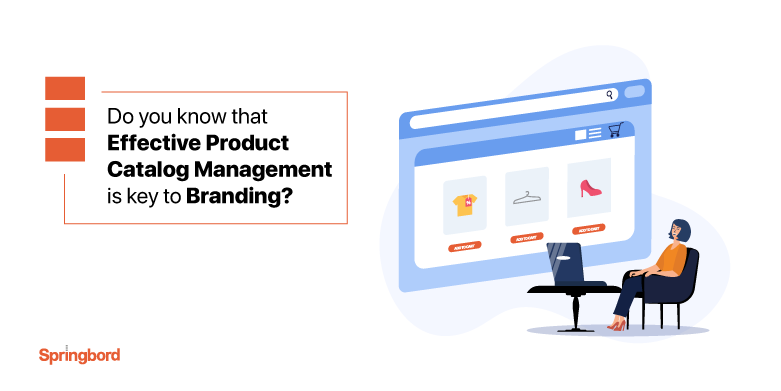 Read time 2 min
Read time 2 min
Ecommerce marketplace is undeniably a great platform for brands and retailers to reach wider audience and expand their market share. While there are opportunities galore, reconciling payments from these marketplaces pose significant challenge. Many sellers end up suffering losses due to glitches in payment system and overcharges.
Typically, sellers receive payment based on the agreed upon payment cycle that includes all the transactions done in that period. The primary reason behind overcharges and payment issues is that sellers often completely rely on marketplaces to compensate them for the sale of the product, after adjusting for the deductions. Plus, lack of any in-house process, solution or methodology makes it further difficult for sellers to identify and flag glitches in payments from the marketplace.
Payment reconciliation from multiple marketplaces essentially means keeping a track of deductions and ensuring you are not overcharged or underpaid. While it can be an overwhelming task, a good place to start would be to understand the usual deductions that are made by marketplaces.
- Commission – A fee charged by marketplaces on products sold. The commission structure differs across various marketplaces, it could either be a percentage or a flat fee. What is important is to discuss and document every aspect to ensure your pricing strategy is correct and you are not overcharged.
- Closing fee – A fee levied on each product sold to inhibit copyright infringement. It is a part of various fixed fee components charged over and above commission.
- Warehousing and shipping fee – As the name suggest these fees cover warehousing and storage and shipping services provided by the marketplace.
- Discounts – To stay competitive you need to offer discounts perennially and these discounts are adjusted against the seller’s payments.
- Sales and other taxes – Marketplaces have now started to collect sales tax which is also adjusted against the seller’s payments.
Improving payments reconciliation efficiency
It is quite obvious that with so many deductions in place, reconciling payments from marketplaces can be tedious, complex and challenging. Before we talk about adopting reconciliation strategies, some key takeaways include:
- Read and understand the service level agreements including the fine prints, often times fees are only noticed by sellers when they are charged. Lack of clarity only makes the situation worse and your pricing strategy is at best weak.
- At the risk of sounding redundant, understand and be fully aware of all the fees charged by the marketplaces including penalties, fixed fees, business support fees, et al. This will help you clearly identify the deductions made by the marketplaces.
- Understand tax structure and how it is calculated.
Now, about managing payment reconciliation – there are several off-the shelf payment systems that help you track and manage payments. However, it is worth noting that it requires training your in-house resources to ensure they understand how to use the tool efficiently and investing in installation and upgrades. Other viable and convenient option is to outsource it to an experienced vendor which will give you access to reconciliation experts as well as advanced tools, helping you improve efficiency and drive cost savings.
Ecommerce business is vulnerable and demanding, and payment reconciliation is a critical task. It is therefore important to partner with the right vendor to ensure you have access to skilled and experienced resources.
Springbord is a full-service vendor offering the whole spectrum of ecommerce services. Tell us about your challenges and we can help you address those, streamline payment reconciliation across marketplaces and drive profitability.







